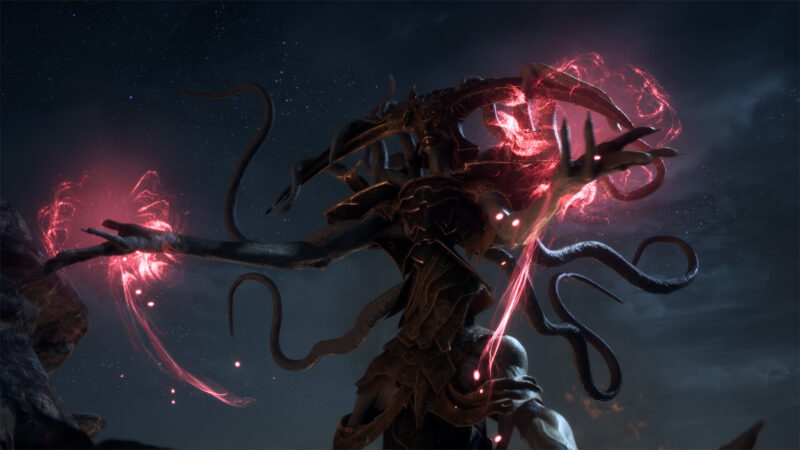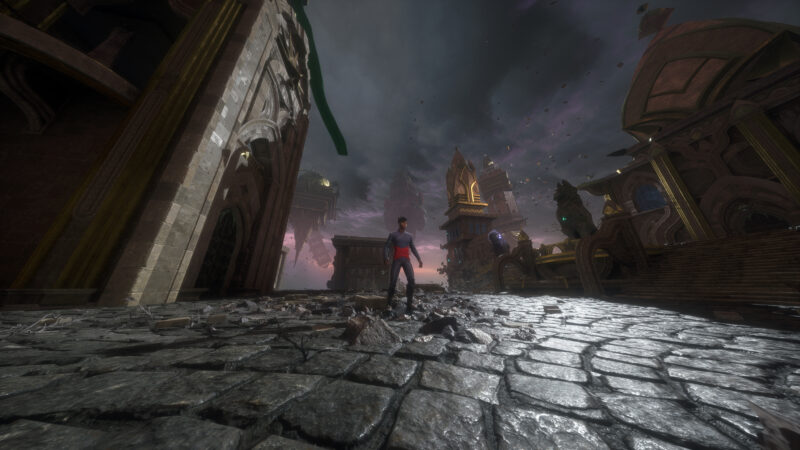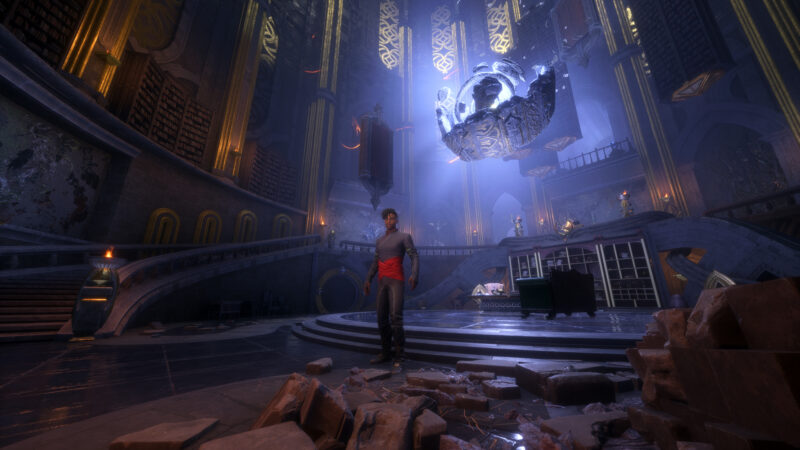Everything you need to know about Dragon Age: The Veilguard’s PC optimization, including the best settings for optimal performance.
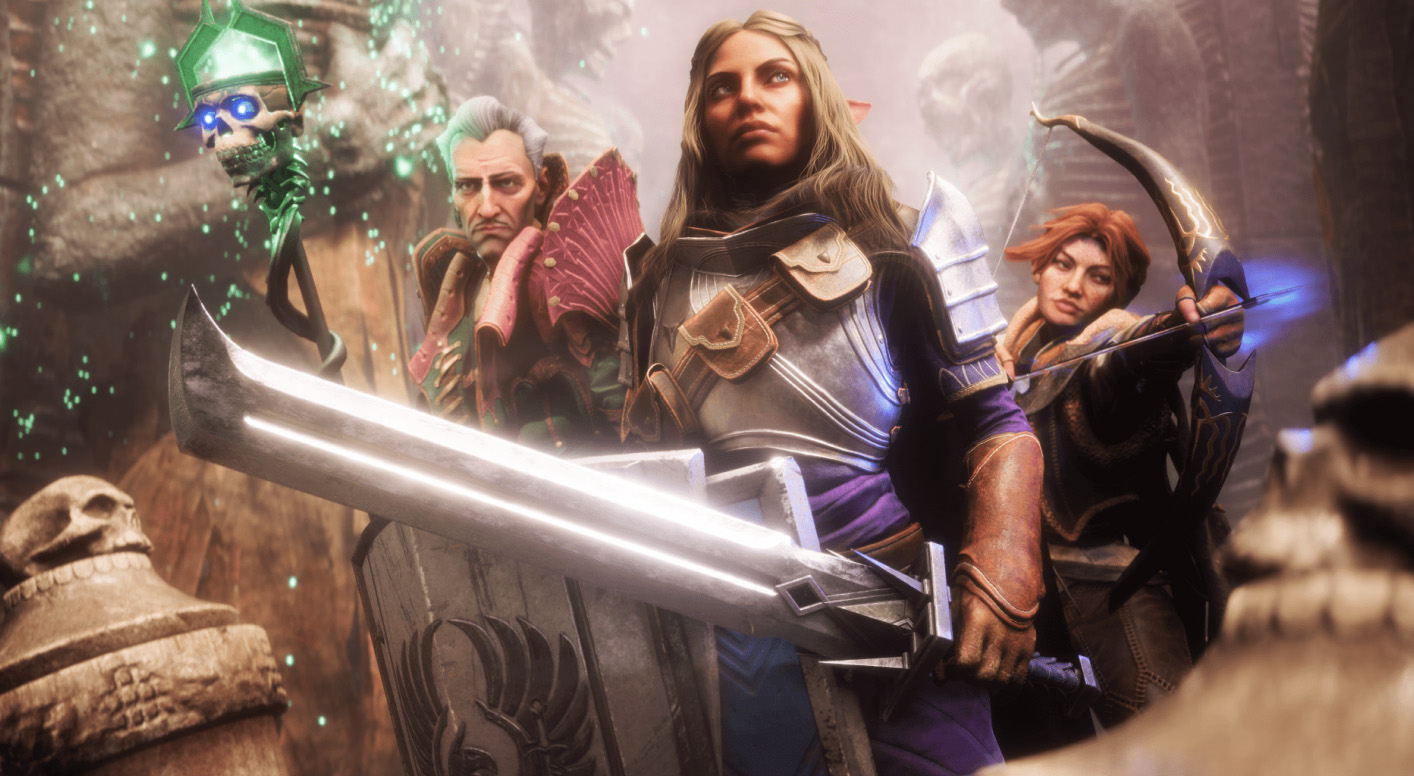
Dragon Age: The Veilguard is easily one of the most graphically impressive games of 2024. This isn’t surprising considering the game is developed using DICE’s Frostbite engine. The Frostbite engine also powers titles like Dead Space, Need for Speed Unbound, and the Battlefield games. For The Veilguard, in particular, BioWare has used the most recent iteration of Frostbite, complete with support for ray-traced lighting. However, the game’s stellar visuals do take a toll on modern PC hardware, especially for mid-range PC users. While the game is quite well optimized, it does require a bit of work to get it running at a steady frame rate on low and mid-range systems.
Thankfully, Bioware did not skip out on making the game’s PC port scalable for players. Similar to some of the best PC ports of 2024, The Veilguard offers plenty of options for players to tweak. With just a bit of work, you can get the game running at a stable 60fps without compromising too much on its visuals. Here’s a comprehensive PC optimization guide for Dragon Age: The Veilguard, including the best settings for optimal performance.
Best Settings for Dragon Age: The Veilguard on PC
Given Dragon Age: The Veilguards is using the Frostbite engine, you’d expect Textures and Lighting to be the biggest factors affecting performance in the game. However, that’s surprisingly not the case this time around. Similarly to Dead Space (remake) and Battlefield 2047, the texture quality slider in The Veilguard simply dictates how much VRAM is allocated to the game. Regardless of which texture preset you choose, you will roughly see the same performance delta. Unless your VRAM is limited, there’s no tangible benefit in keeping textures below the “High” preset. The same goes for lighting, albeit for a completely different reason.
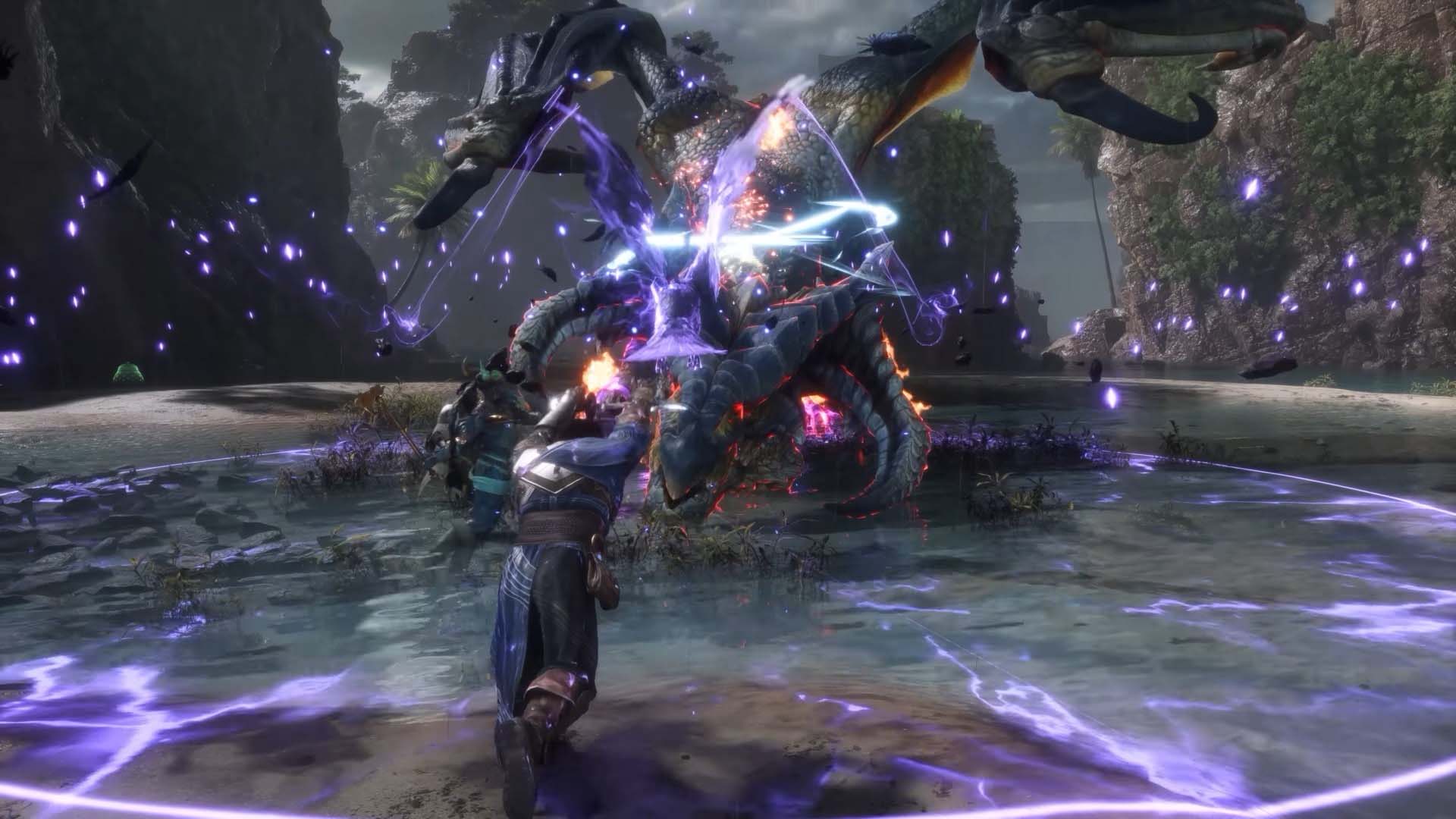
Instead of baked-in lighting techniques, Dragon Age: The Veilguard relies on HBAO and RTGI for its lighting-related settings on PC. You can choose to use regular lighting settings to save some performance headroom; however, if you have enough GPU power to spare, there’s no reason why you shouldn’t just go for HBAO or RTAO. Another setting that you might be mistaken to think will have a major impact on performance is Strand Hair. Enabling this setting essentially forces strand-based hairs for all in-game character models over the card-based hairs.
The Strand Hair setting has negligible performance impact, but disabling it does hurt the game’s visuals. That being said, here are the best settings to use for Dragon Age: The Veilguard on PC:
Graphics Settings
- Texture Quality: High
- Texture Filtering: High
- Lighting Quality: High
- Ambient Occlusion: HBAO
- Screen Space Reflections: On
- Volumetric Lighting: Medium
- Sky Quality: High
- Ray-traced Reflections: Off
- Ray-traced Ambient Occlusion: Off
- Ultra Ray Tracing: Off
- Level of Detail: High
- Strand Hair: On
- Terrain Quality: High
- Terrain Decoration Quality: Medium
- Visual Effects Quality: Medium
- Post Processing Quality: High
We tested these settings on a PC with the following specifications:
CPU: Ryzen 5 5600X
GPU: RTX 4070
RAM: 16 GB (DDR4)
Storage: 1 TB Gen-4 NVMe SSD
On the aforementioned system, we were able to easily maintain a steady 60fps at 1080p (DLAA). We even tried running the game at 1440p and 4k, albeit with DLSS enabled. These settings are aimed towards PCs with 8 GB or more VRAM GPUs. However, as long as you have a modern GPU with at least 6 GB of VRAM, you can use these settings with FSR or DLSS, to achieve a solid 60fps.
Looking For More?
Thank you for reading the Dragon Age: The Veilguard article. We provide the latest news and create guides for Baldur’s Gate 3, Fallout 4, ARK Survival Ascended, and more. Also, watch Deltia play games on Twitch or visit his YouTube channel!
 Reddit
Reddit
 Email
Email
